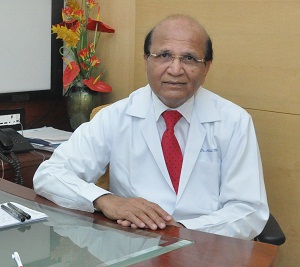
Oral Cancer still a challenge
- 05
- Jun
Oral cancer has come into sharp focus recently following the passing away of former home minister of Maharashtra due to oral cancer. It was surprising that a person of his eminence and stature should have been detected in advanced stage and that too in Mumbai.
Oral cancer denotes cancer involving inner lining of the cheek, oral tongue, floor of the mouth, hard palate and lips. It is estimated that 400,000 oral cancers are diagnosed every year in the world and ranks as 6th most frequent cancer amongst the males. Forming 30% of all cancers in India, 60-80% of oral cancers present in advanced stage as compared to 40% in developed world. Age adjusted incidence rate is 20 per 100,000 of the population. Cancer is not a notifiable disease in India.
Mortality rates and incidence of oral cancer have remained relatively unchanged for decades. Major risk factors are chewing of tobacco, betel nuts and other additional astringents in betel quid, and alcohol. The other significant factors contributing to oral cancer are poor oral and dental hygiene, periodontal disease, and premalignant conditions such as red, white or mixed lesions.
Common symptoms are persistent sore or a nonhealing ulcer or white/red patch, pain, bleeding, loosening of the tooth due to underlying cancer or enlarged lymph nodes in the neck.
90% of oral cancers are squamous cell carcinomas. Most of the cancers can be diagnosed without difficulty by visual examination of the oral cavity by either a dental surgeon or a physician using good illumination. Despite lot of progress in research, there is limited progress in diagnosis of early oral cancer. Staining techniques using dyes like toluidine blue or using light after dehydration of the oral mucosa with acetic acid, has not made any significant change in diagnosis of early cancers. Velscope (enhanced examination) system is one more additional screening method. Velscope uses direct tissue fluorescence using green light. Loss of fluorescence indicates dysplastic activity to target the site for biopsy.






